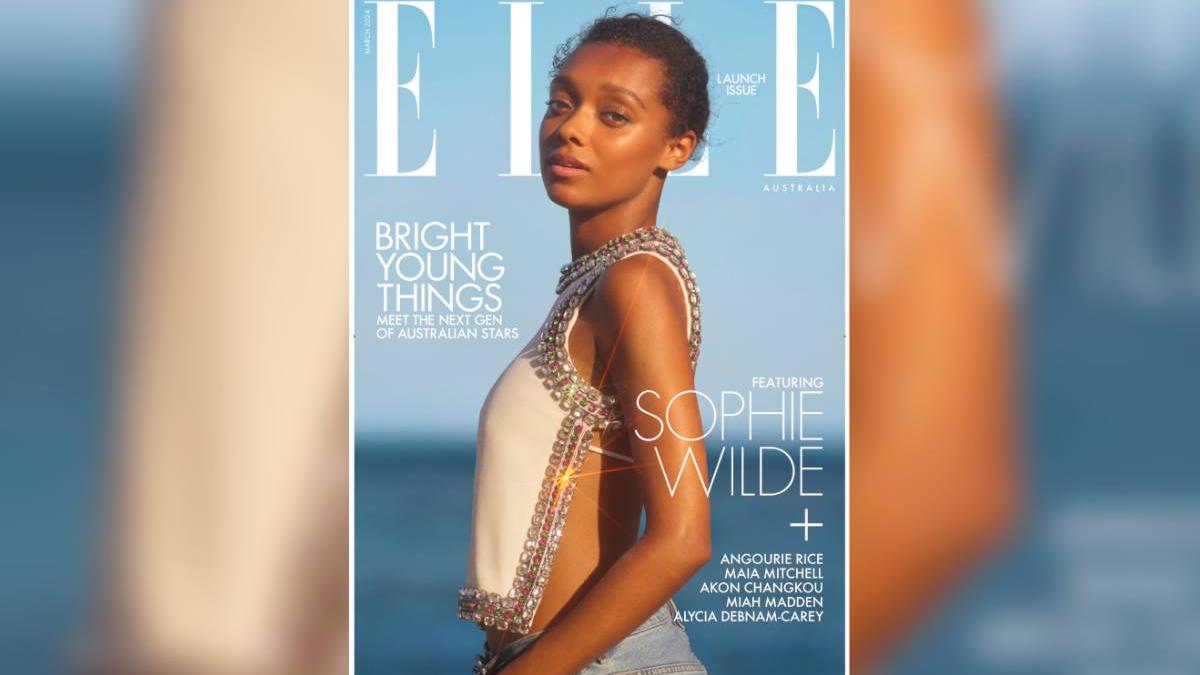
Is print back from the dead? A few short years ago — in July 2020, to be exact — the magazine industry in Australia was a bloodbath. In one swift motion, iconic titles like ELLE, Harper’s BAZAAR, InStyle, Men’s Health, Women’s Health and more were axed due to a “catastrophic drop in advertising revenue”. It was the latest death knell for an industry already battling haemorrhaging ad revenue and declining readership, which had already seen Dolly, Girlfriend, and even Sydney’s free metro newspaper Mx shuttered.
Four years later, it’s a different story.
Harper’s relaunched with new publishers in 2021. InStyle relaunched with new (different) publishers in 2022. Last year, Vice Magazine [published by Pedestrian Group, which publishes PEDESTRIAN.TV] returned to print. And now, ELLE Australia is also coming back.
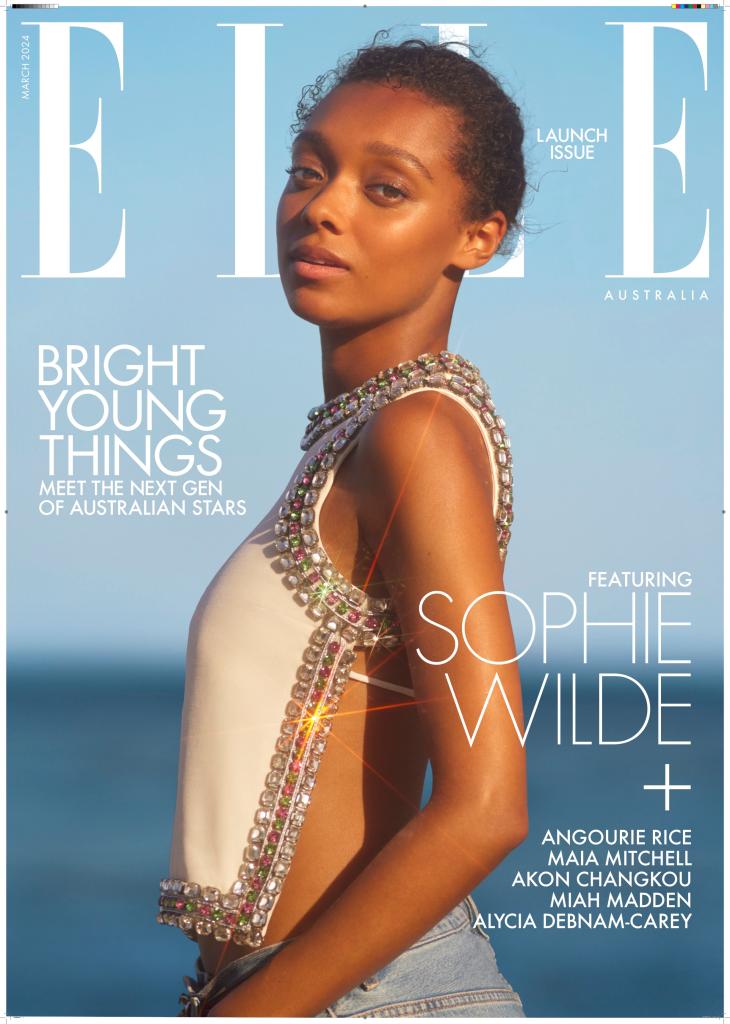
“To me, it was always just a matter of time until the magazines came back,” new ELLE editor Grace O’Neill exclusively tells PEDESTRIAN.TV. “The appetite was always there. Even though there was a discussion about readership dropping, I think we’ve hit this plateau, where now it’s starting to rise again for the first time in a really long time.”
Magazine readership is up 3.6% year on year, according to Roy Morgan data from February 2024, with fashion mags (including Vogue Australia, Marie Claire Australia, Frankie and Harper’s) up 16% from last year.
Are Media’s Nicky Briger, who is publishing ELLE, says the print resurgence is a global trend. “There were 123 magazines that came back in print in the United States last year,” she tells P.TV. “It’s definitely a global trend. It’s that disconnection from digital that people are looking for, to be able to tap into a different part of your brain. We call it ‘magazine mode’.”
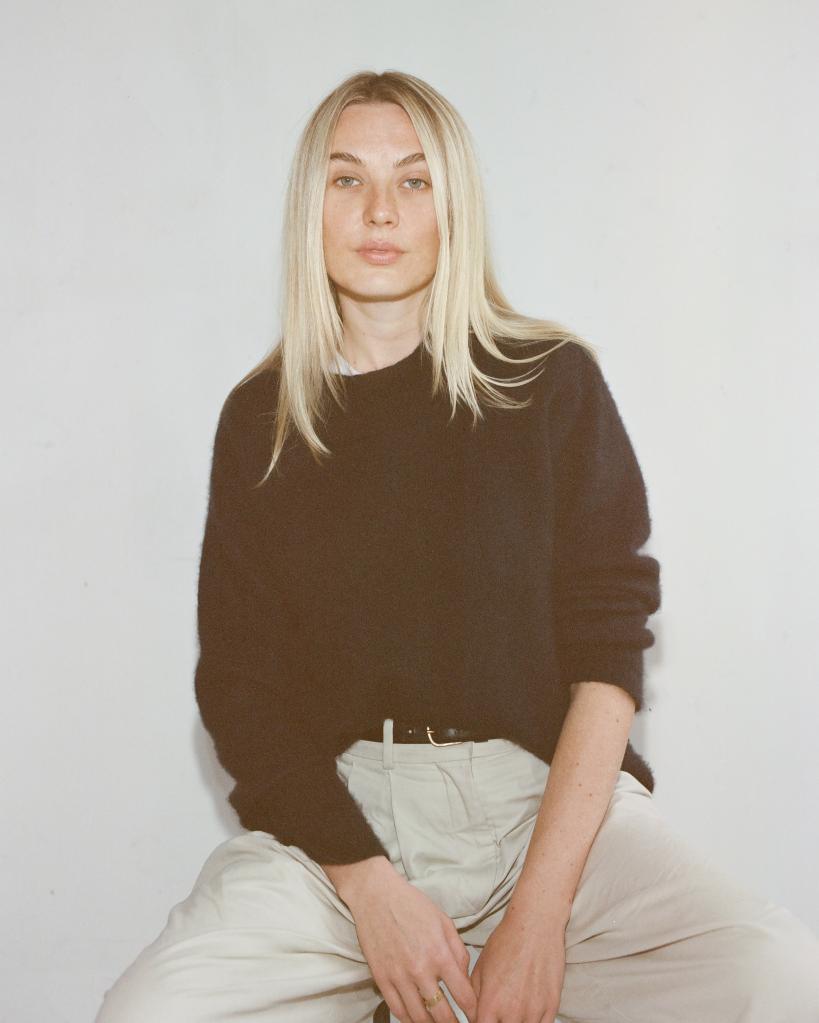
Vice Australia’s Head of Editorial, Brad Esposito, agrees that print has a different offering from digital, but points to the broader chaos of digital in 2024 — see: Elon Musk’s tenure at X, streaming platforms wiping their catalogues — as part of the allure of print products.
“The things we watch, engage with, read… so much of it is online now,” he says. “But the internet is becoming an increasingly hard to navigate place. People are sceptical, governments want oversight, tech platforms are messing things up. Print is real, tangible, and the kind of thing you can hold onto. Of course, whatever print rebirth there might be needs to focus on quality.”
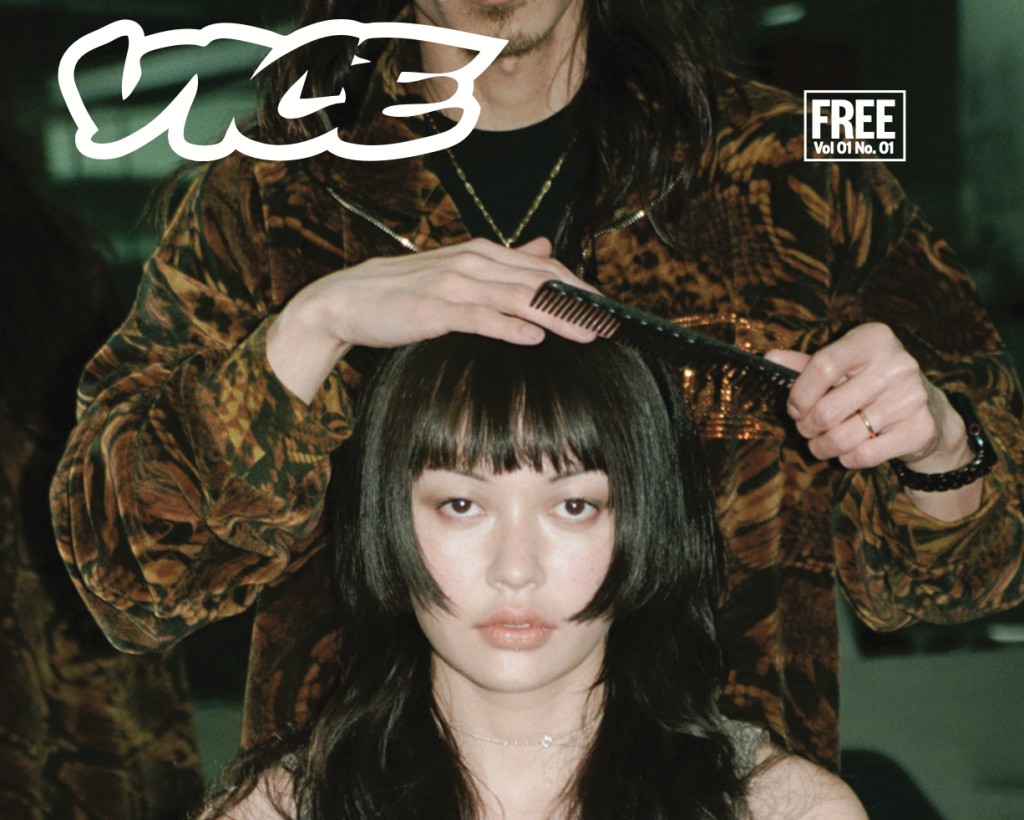
For O’Neill, magazines are about creating a luxury experience, as well as finding a place for meaty feature articles rarely seen in digital or print these days.
“I know that when I read content on my phone, I’m just not absorbing it in the same way,” she says. “I’m thinking about every WhatsApp message I haven’t responded to, and every email that’s sitting in my inbox and every appointment I need to make. I think you almost have to lose those things to realise how valuable they are.”
She tells the story of a university lecturer, who talked about the physicality of confusing digital vs print media. “When you consume digital, you lean forward, so the whole physicality of your body is anxious and hunched over. Whereas when you read a magazine, you lean back, so physically it’s like laying by a pool.”
Anyone who’s worked in media — digital or print — in the last decade will tell you it’s nothing like you’ve seen. The Devil Wears Prada, How To Lose A Guy In 10 Days, and even The Bold Type portray an image of high staffed, glamorous jobs where the editor-in-chief holds a call from Beyonce to deal with the new writer’s personal crisis (The Bold Type), or someone’s entire job is writing one “how-to” column a month (How To Lose A Guy In 10 Days). The fashion cupboard is not a luxury free-for-all (The Devil Wears Prada).
But for anyone who wants to work in mags, there might be a job for you yet.
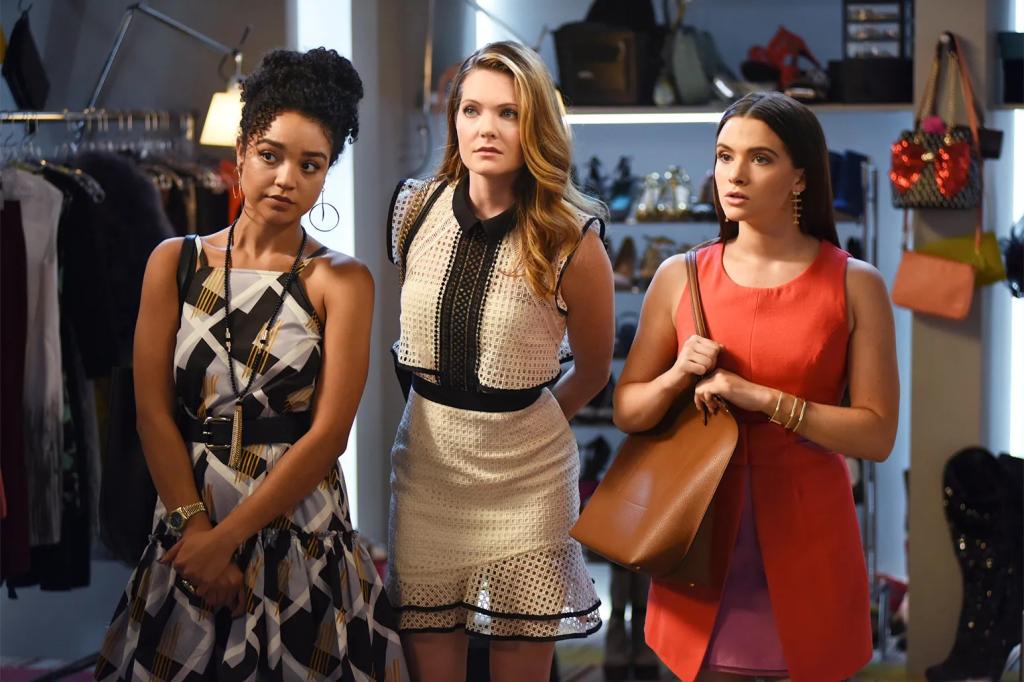
Inside the new era of ELLE
This is the third time around for ELLE in Australia. So how does the new iteration differ from previous ones?
“I was just really thinking about what ELLE offers that other luxury magazines don’t in Australia, and the thing I came back to is the idea of it being an incubator of young Australian talent,” O’Neill says.
“Historically, one of Margot Robbie’s first ever covers was with ELLE Australia, and with [cover star Sophie Wilde], this is her first major Australian glossy magazine cover. We have this legacy of getting people right on the cusp of when they explore.”
That ethos extends beyond the cover, with writers like Brie Lee, Diana Reid and Elfy Scott tapped for the first issue, with rising photographer Jordan Malane lensing the cover.
“The whole issue is full of this new generation of young, creative Aussies,” O’Neill continues. “I see ELLE as being an incubator of the next big stylists and photographers. We really want to be the place that unearths all these stars.”
The issue is heavy — literally. It’s 242 glossy pages of high fashion shoots, beauty recommendations, but crucially, meaty features on everything from friendship age gaps to authenticity in the digital age, to the role of ‘influencers’ in a society that demands a take on every hot button issue. Two issues will be published in 2024, with six to come in 2025.
“We’re just kind of slowly building it in quite a considered way,” O’Neill says. “It just makes sense with a print product, because it’s a product that has a slower way of doing things. It’s a slow way of consuming content. We want to have these lead times to be able to make it amazing, and really think about what we want to write and cover.”
ELLE Australia hits newsstands on March 4.



